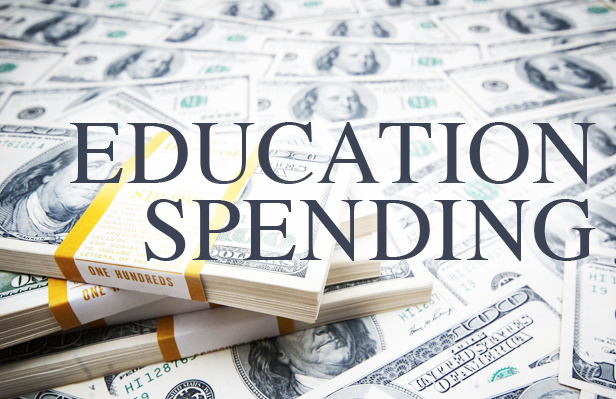Media

Time to Let Fair Funding Work
A recent Philadelphia Inquirer editorial on school funding gets it partly right, but partly wrong.
They challenge the fact that Pennsylvania spends $3,800 more per student than the national average, saying that is driven by high spending districts. That’s partly true—Pennsylvania is one of few states with no limit on property tax increases.
Yet Pennsylvania’s lower-income districts also spend more than the national average, and state funding per student, at $6,175, is higher than the US average. More recent numbers from the state Department of Education put state revenue per student at $6,757 for 2016-17, with total revenue at $17,884—that’s $358,000 for a class of 20 students.
The editorial also repeats the old and persistent fallacy of supposed education cuts during the Corbett years. In truth, state education funding rose every year under the Corbett administration. Perceived “cuts” were due to temporary federal stimulus dollars expiring. Education funding in Pennsylvania is now at an all-time high.
But the Inquirer rightly questions the inequitable distribution of these funds, as do a group of petitioners claiming the commonwealth has fallen down on its responsibility under the constitution to provide a “thorough and efficient” education system. They also claim injury on equal protection grounds.
The fair funding formula, supported by the Commonwealth Foundation, distributes state aid on a per-student basis, with adjustments based on need. But only a small percentage of state funding is distributed with this formula.
The state’s hold harmless provision—which guarantees no reduction to a school’s funding regardless of declining enrollment—nullifies most of the good that could be done through the new formula. Only 7 percent of basic education funding is applied using the fair funding criteria. As a result, shrinking schools get far more funding and growing schools less—with a range of $3,000 to $17,000.
The answer is not simply more money. An efficient education certainly does not mean a blank check. On the contrary, throwing money at the problem is the opposite of efficiency.
The Inquirer editorial calls for driving all state funding through the new funding formula. We agree. Better yet, let that funding follow the student, putting it in the hands of parents to choose the best school for their children. That’s the only way to provide a thorough and efficient system of public education.